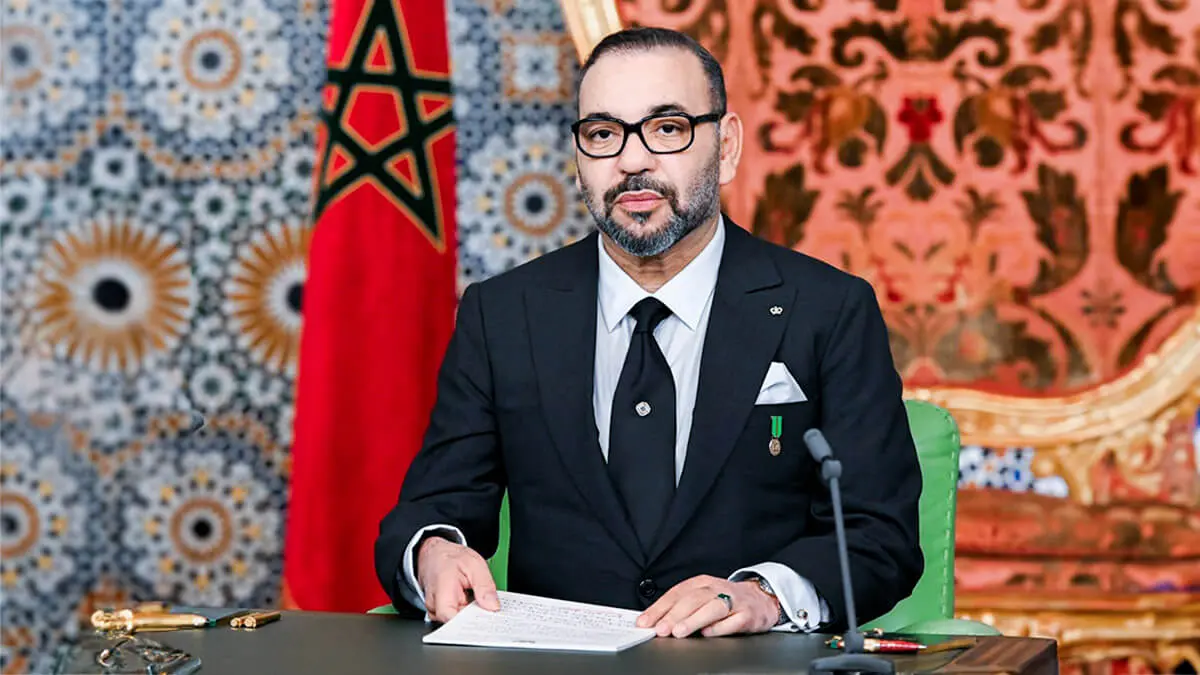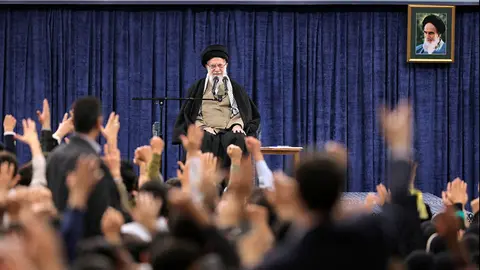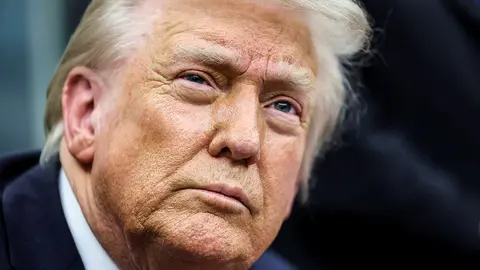King Mohammed VI’s strategy against water scarcity

Morocco has succeeded in entrenching sound agricultural policies through a modern irrigation infrastructure, water services network and population centres providing modern amenities.
One needs to make three trips between southern and northern Morocco to fully appreciate the importance of what might be called water sovereignty in the kingdom and its impact on the quality of life of the people in this green country and its development plans during the quarter-century of King Mohammed VI’s reign.
The first trip would be during the day, as one could drive along the highways by the ocean shore, from the far south of the country to Tangier. The second trip would be at night along the same road. The third trip would possibly be by air aboard a light aircraft that does not fly at a high altitude, so as to be able to see the impact of water projects on people’s lives as undertaken from a broader vision of economic development and a perspective of equitable distribution.
Such an approach has positively changed citizens’ quality of life as significant agricultural achievements materialised over the centuries.
Morocco received its initial development share after it became clear that the 1980s and 1990s would be years of decline in rainfall levels, necessitating measures to set up a water redistribution network through dams and regulating systems, and change the course of some of the rivers crossing Morocco from its far south to Tangier in the north. The network was a preliminary plan to prevent, among others, Moroccan agricultural land from becoming a drought stricken area, as was the case in a number of countries.
But that preliminary plan was just the beginning of one of the most balanced and demographically-equitable development projects in the world. During the quarter century of the reign of King Mohammed VI of Morocco, tireless work has transformed this developmental share into an economic rehabilitation drive centred around water and agriculture. Morocco has succeeded in entrenching sound agricultural policies through a modern irrigation infrastructure, water services network and population centres providing modern amenities. When we say that a conscientious observer needs to make three trips, it is because this is necessary to draw an accurate map of what has happened on the ground.
Morocco, like many countries today, suffers from an alarming scarcity of water resources, exacerbated by recurrent and prolonged droughts of unprecedented severity. Faced with this existential threat, Morocco has treated its water resources as a national security issue under the direct and determined supervision of the king himself.
Mohammed VI has outlined the framework of the Deep Morocco Project to achieve quantitative and qualitative transformation in the country. Quantitatively, since King Mohammed VI’s accession to the throne in 1999, 42 dams (completed or under construction) have been commissioned, with an exceptional storage capacity of 6.745 million cubic metres. Each dam illustrates the firm commitment to water security and territorial justice. In fact, this figure exceeds the total number of dams constructed since independence until 1999, despite the current scarcity of suitable sites for construction.
According to data from the ministry of water resources, the royal plan aims to reach a total dam storage capacity of 27.3 billion cubic metres by 2027, placing Morocco among the leading African countries in terms of hydraulic power.
This arsenal of dams and storage capacity boosts Morocco’s resilience to climate change. Thus, the National programme for the supply of drinking and irrigation water 2020-2027, whose budget was initially set at 115 billion dirhams, has increased to 150 billion dirhams. Sources within the ministry reported that this was done in accordance with royal instructions, reinforcing the strong commitment of Moroccan King Mohammed VI to ensuring access to water as a fundamental right for every citizen.
On the qualitative level, sources within the ministry stated that, in accordance with “His Majesty the King’s far-sighted and forward-looking vision, dams are not merely ordinary facilities, but rather represent promises of water, life and opportunity for the entire national territory.”
This makes every dam built or slated for construction an embodiment of the vision of sustainable development in the service of all regions. This makes the dam and water policies, spearheaded by King Mohammed VI, a long-term endeavour implementing a trans-generational royal vision. These policies are deeply embedded in an humanitarian, solidarity-based approach aimed at ensuring sustainable, equitable access to potable water for the entire population, especially during water crises.
They also mobilise state resources to respond effectively and quickly to the specific needs of rural populations, making water a true strategic asset for economic wealth creation, social cohesion and integrated sustainable development across the country.
This proactive and comprehensive water strategy, aims to ensure the type of balanced regional development envisioned by King Mohammed VI. It goes beyond the traditional construction of dams as it is embedded in the logic of integrating traditional and non-traditional resources (seawater desalination, wastewater reuse, improved water resource management). It is also based on intelligent integration of dams based on desalination plants, wastewater recycling and resource optimisation. Furthermore, the highway networks, which have reshaped Morocco’s transportation grid, complement the infrastructure of the water sovereignty project.
Morocco has invested heavily in water infrastructure, including desalination plants in Agadir, Laayoune, Dakhla, and Casablanca (the latter, the largest in Africa, is currently under construction), with a desalination capacity of 560 million cubic metres by 2027, in addition to a wastewater treatment capacity of approximately 50 million cubic metres.
But one of the most important features of the royal vision is that it falls within an integrated logic of large dams, ensuring maximum coverage of regions during periods of acute water stress.
Water equity in Morocco is important and essential because, without a fair and rational distribution of resources and the operation of the water network as an integrated grid covering the entire national territory, shortcomings could quickly cause production gaps. Such gaps could have adverse repercussions on the population of the regions concerned, causing them to relive difficult periods which the country had gone through, which the royal vision has worked to completely overcome. To this end, the massive water transfer project between the Sebou, Bouregreg, and Oum Er-Rbia basins, spans a distance of 67 km.
This project will make possible an annual transfer of 350 to 470 million cubic metres, a tangible illustration of the deeply-anchored royal vision of territorial solidarity.
The drought that has plagued the region over the past few years, despite all the difficulties it brought with it, has presented Morocco with a so-called “stress test.” Today, Morocco can examine its stress map and work on filling its gaps. This very detailed map renders planning tasks much more practical at all stages.
The water management experience has spanned a quarter of a century, since the day the Moroccan monarch ascended the throne and adopted the vision of water sovereignty as a tenet of territorial sovereignty and as an integral prerequisite for social and economic sovereignty. It has now reached a tangible stage of maturity and passed one of its most difficult tests as Morocco was able to withstand a period of devastating droughts. This has allowed the country to gain a great deal of experience and know-how and avoid the pitfalls of social pressures, domestic migration and feelings of frustration over regional and local imbalances. The overarching question raised by King Mohammed VI’s vision a quarter century ago is: how can Morocco become a bulwark against drought?
Haitham El Zobaidi is the Executive Editor of Al Arab Publishing House.



